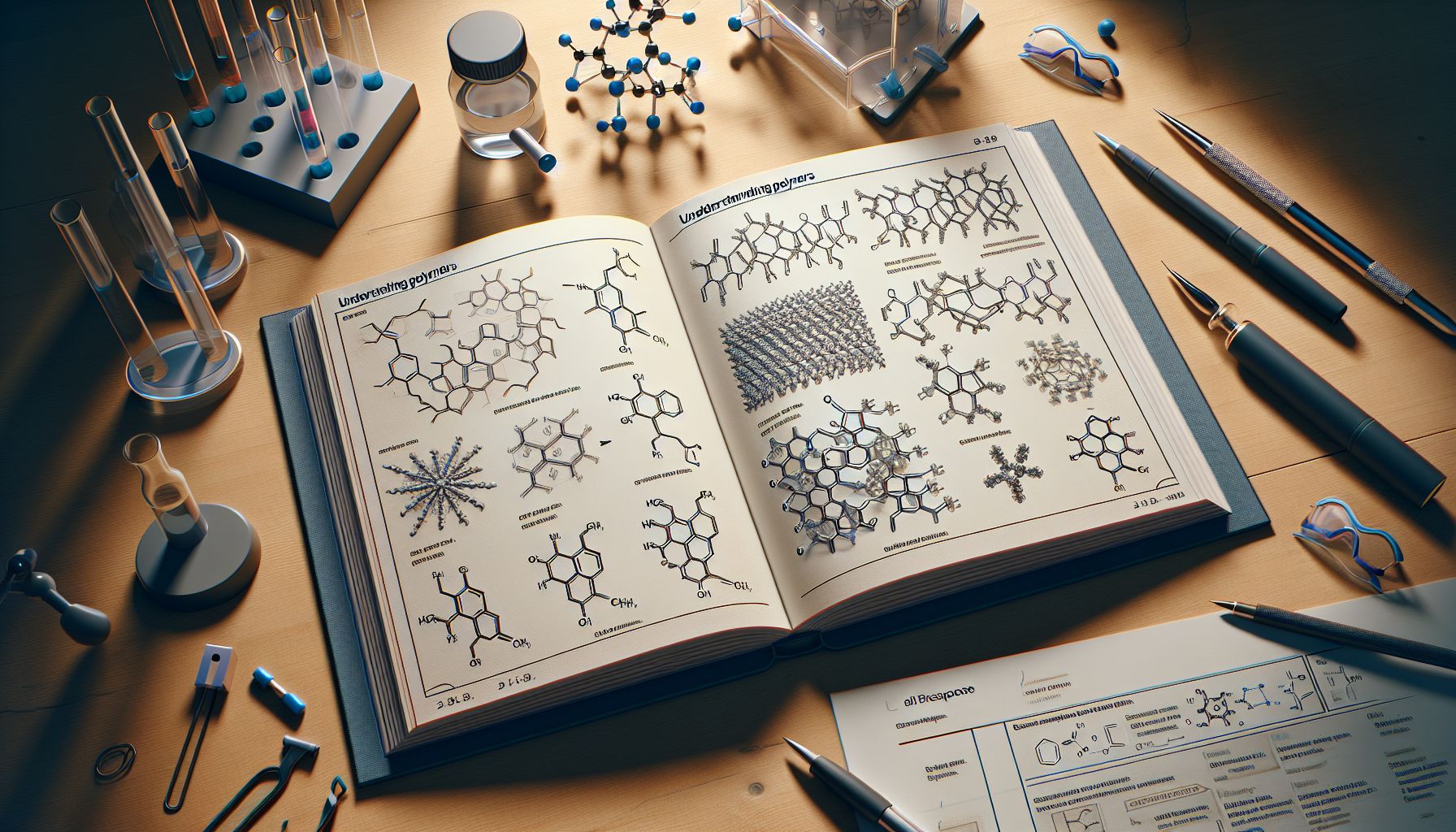Polymer researchers play a crucial role in developing new materials for a wide range of applications. One class of materials that is of particular interest to researchers is polymers. Polymers are macromolecules composed of repeating units, known as monomers, which are linked together through chemical bonds. One popular type of polymer is polyurea, which is used in everything from coatings to adhesives. In this article, we will explore the basics of polymers and provide an overview of the key properties of polyurea.
Introduction to Polymers
Polymers are ubiquitous in our daily lives, from the plastic bottles we use to the synthetic fibers in our clothing. These versatile materials can be found in a wide range of applications, including packaging, construction, and healthcare. The properties of polymers can be tailored to suit specific needs by adjusting factors such as monomer composition, molecular weight, and processing techniques.
One common type of polymer is polyurea, which is known for its excellent mechanical properties, such as high tensile strength and durability. Polyurea is formed through the reaction of an isocyanate with an amine, resulting in a polymer with urea linkages in its backbone. This unique chemical structure gives polyurea its distinctive properties, making it ideal for applications where strength and flexibility are key requirements.
Key Properties of Polyurea
Polyurea is a versatile material that exhibits several key properties that make it attractive for a wide range of applications. Some of the most notable properties of polyurea include:
-
High Tensile Strength: Polyurea is known for its exceptional tensile strength, making it a popular choice for applications that require materials to withstand high levels of stress.
-
Chemical Resistance: Polyurea is highly resistant to chemicals, making it suitable for use in harsh environments where exposure to corrosive substances is a concern.
-
Flexibility: Polyurea is a flexible material that can be applied as a coating to surfaces of varying shapes and sizes, providing protection against abrasion and impact.
-
Fast Cure Time: Polyurea cures quickly, allowing for rapid turnaround times in manufacturing processes and applications where downtime is a concern.
Applications of Polyurea
Polyurea has a wide range of applications across various industries, thanks to its unique properties. Some common applications of polyurea include:
-
Protective Coatings: Polyurea coatings are used to protect surfaces from corrosion, abrasion, and chemical exposure in industries such as automotive, construction, and marine.
-
Waterproofing: Polyurea is used in waterproofing applications for structures such as roofs, foundations, and tanks, providing a durable and long-lasting solution.
-
Adhesives: Polyurea adhesives are used to bond a wide range of materials, offering high strength and flexibility in bonding applications.
Conclusion
Polymer researchers play a vital role in advancing the field of materials science by developing new polymers with enhanced properties and applications. Polyurea is a prime example of a polymer that offers a unique combination of strength, flexibility, and durability, making it a valuable material for a wide range of industries. By understanding the fundamentals of polymers and exploring the key properties of materials like polyurea, researchers can continue to push the boundaries of what is possible with these versatile materials.

